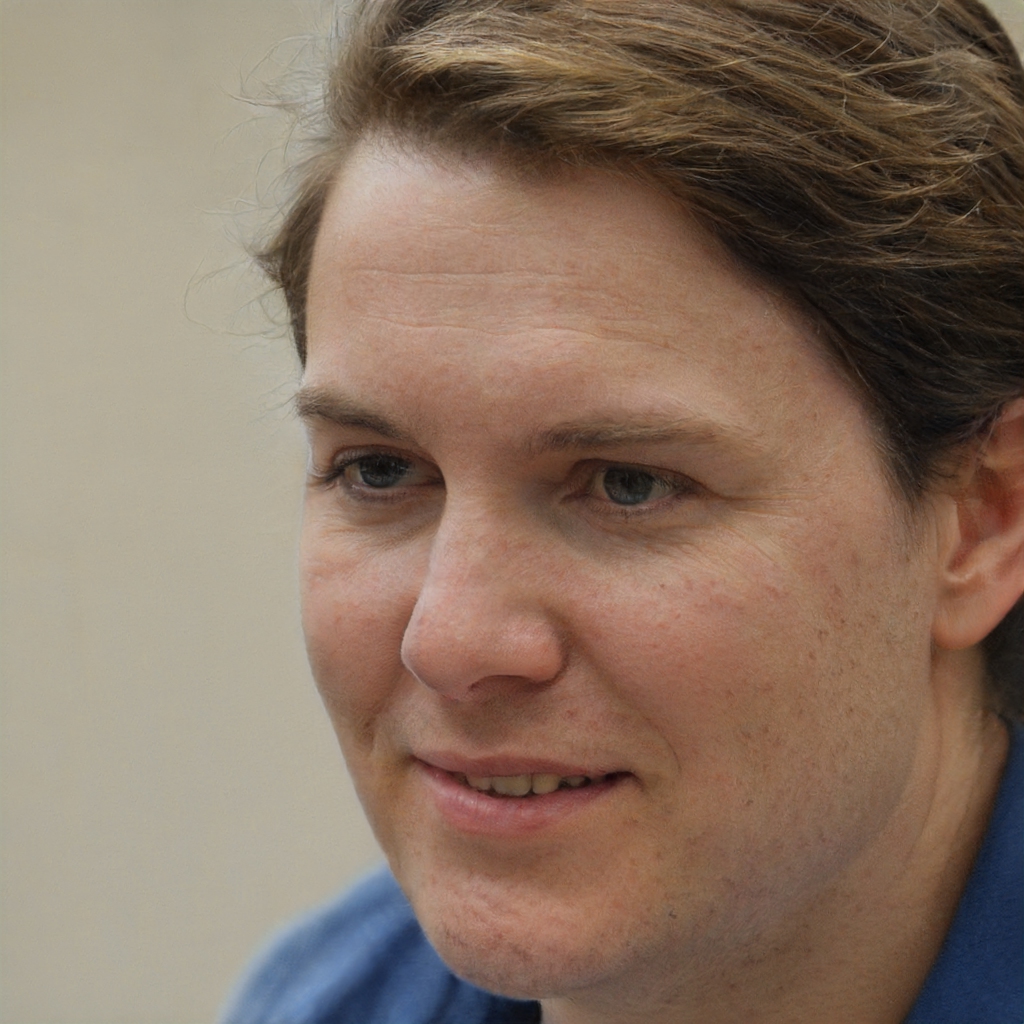The action surface of black holes does not decrease over time. A new analysis of gravitational waves would confirm the 2015 discovery.
The action surface of a black hole, into which matter and radiation are sucked, cannot decrease over time. This is Stephen Hawking's theory that a new MIT study has just confirmed. The analysis was conducted by studying the gravitational waves produced 1.3 billion years ago by two giant black holes moving in a spiral around each other and was published in Physical Review D. However, it would remain a paradox compared to another theory that instead predicts that, in the long term, a black hole shrinks until it evaporates.
Stephen Hawking's theory of black holes
In 1971 Hawking had theorized the theorem of the area of the black hole that does not decrease over time from Einstein's theory of general relativity. This rule, for physicists, would be closely related to the second law of thermodynamics, which states that time flows in a particular direction, that is, that the entropy, or disorder, of a closed system must always increase. Since a black hole's entropy is proportional to its area, both must constantly increase.
New study confirming Hawking's theory
According to the new investigation, the researchers' confirmation of the area law seems to imply that the properties of black holes are significant clues to the hidden laws that govern the universe. Oddly enough, the area law seems to contradict another of the famous physicist's proven theorems: that black holes should evaporate on an extremely long time scale. The next step would then be to understand the source of the contradiction between the two theories, a result that could reveal new physics.
The surface of a black hole is defined by a spherical boundary known as the event horizon: beyond this point nothing, not even light, can escape its powerful gravitational pull. According to Hawking's interpretation of general relativity, since the surface of a black hole increases with its mass and since no object thrown inside can exit, its surface cannot decrease. But a black hole's surface area shrinks if it rotates, so the researchers wondered if it would be possible to launch an object inside strongly enough to rotate the black hole so that its area would shrink.
To test this theory, the researchers analyzed gravitational waves, or ripples in the fabric of space-time, created 1.3 billion years ago by two large black holes as they spiraled closer together at high speed. These were the first waves ever detected in 2015 by the Advanced Laser Interferometer Gravitational-Wave Observatory (LIGO), a laser beam divided into two paths four kilometers (4 miles) long and capable of detecting the slightest distortions in space-time. By splitting the signal into two halves, before and after the black holes merged, the researchers calculated the mass and spin of both the original and combined black holes. These numbers, in turn, allowed them to calculate the surface area of each black hole before and after the collision.
The surface area of the newly created black hole was greater than that of the initial two, confirming Hawking's area law by 95 percent. According to the researchers, their results are pretty much in line with what they expected to find. The real mystery remains trying to integrate general relativity with quantum mechanics. This is because black holes cannot shrink according to general relativity, but they can according to quantum mechanics. Behind the surface law the British physicist had also developed a concept known as Hawking radiation, in which a fog of particles is emitted at the edges of black holes through strange quantum effects. This phenomenon causes black holes to shrink and eventually, over a period of time many times longer than the age of the universe, to evaporate. This evaporation can occur in timescales long enough that it does not violate the short-term area law.
In the meantime, a Japanese study has analyzed a storm of black holes that may be able to explain something about the origin of the galaxy.
Stefania Bernardini
